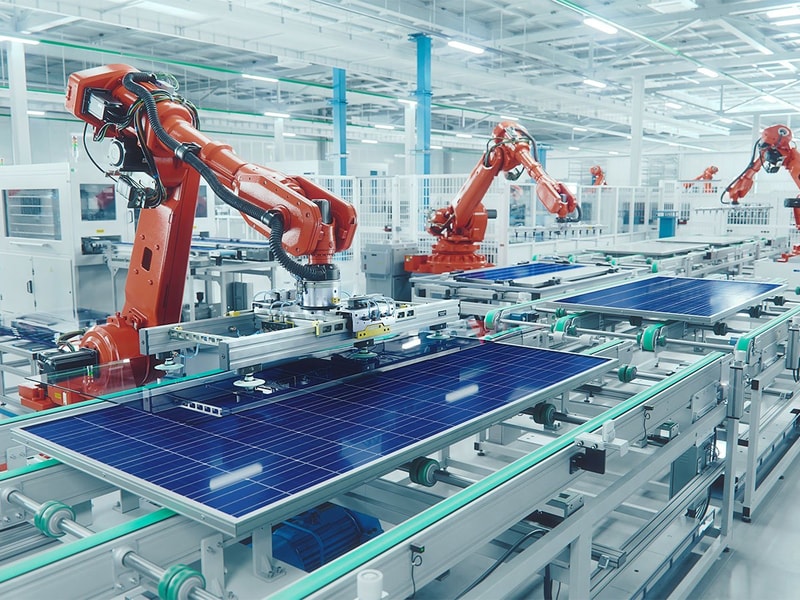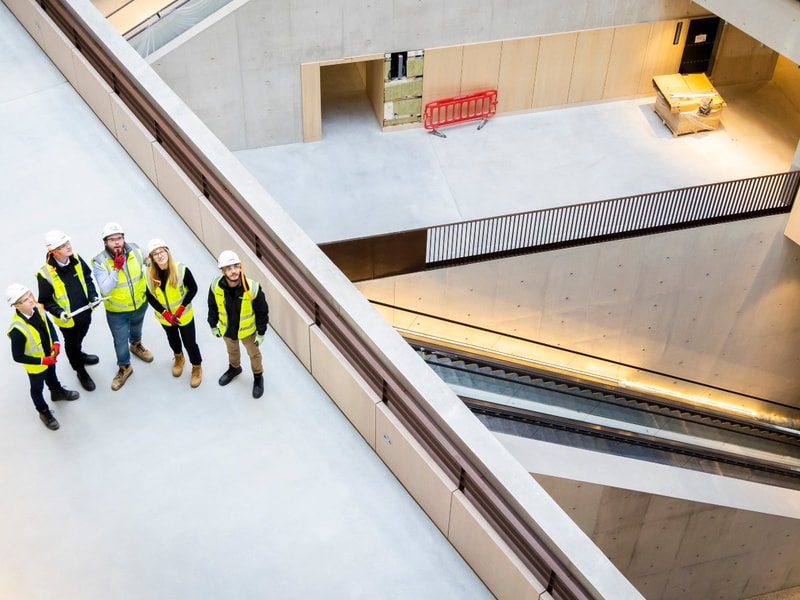Delivering hospital 2050
Redefining healthcare: creating world class facilities for patients and staff
Key takeaways
Future hospitals must meet rising patient expectations and integrate cutting-edge technologies
Efficient delivery programs are essential to reduce long build times and ensure high-quality construction
Collaboration and buy-in from all stakeholders are crucial for the success of future healthcare facilities
With the United Nations anticipating the world population will increase by two billion people within the next 30 years, peaking at nearly 10.4 billion by the mid-2080s, there is an increasing pressure on healthcare providers to meet this higher demand for care.
This means the construction of new hospitals, specialist facilities and care centres. And, while these need to be built to meet the demands of today, they must also anticipate future needs, including impending technological advancements, the need to decarbonise hospital buildings, a skilled worker shortage and an increasingly aging global population.
We know that patient expectations on the kind of care received in modern hospitals are high. Patients want hospital staff to know all about them before they walk in, have access to their data whenever they need it, be offered more advanced forms of care if they choose to take them, and experience timely communication about the next phases of their care without feeling like they keep repeating their interactions unnecessarily.
These hospitals of the future, or ‘Hospital 2050’, need to meet and exceed these expectations, alongside boosting staff efficiency and productivity across all operations. There are massive opportunities if the promise of future hospitals can be fulfilled. For this, we need alignment every step of the way.
The design and delivery of future hospitals is fundamental to their success. Our industry has spent a great deal of energy examining what the hospital of the future will look like. But to ensure success, an equal amount of effort needs to be spent on how complex healthcare facilities should be delivered.
Being such complex structures, hospitals can commonly take a decade or longer to build before becoming operational. This cannot be sustainable if we are to meet future healthcare demands. We know that these long build times needn’t be the case, such as with Chulucanas Hospital in Peru.
A strong delivery programme built on industry leading principles offers the chance to both reduce this timeline while constructing new hospitals with minimal snags and defects.
Ultimately, if we fail to focus on delivery and secure buy-in from every interested party, the promises of Hospital 2050 simply cannot be realised. Healthcare professionals will not be able to work as effectively, and patient experiences will fall short of the mark.
So, how do we ensure this doesn’t happen?
We have created a report, Delivering Hospital 2050, examining how we can best deliver future facing hospitals that meet rising patient expectations, accommodate cutting edge technologies, and ultimately support healthcare professionals provide better care for the communities they work in. You can read it through the link opposite.
Our next paper will look at responding to global healthcare challenges. These include the drive to decarbonise hospital estates, addressing aging buildings which no longer suit modern healthcare requirements, and the need to deliver new facilities at pace.
Related insights
-

Sustainable manufacturing: cutting the quilt
Perspective




